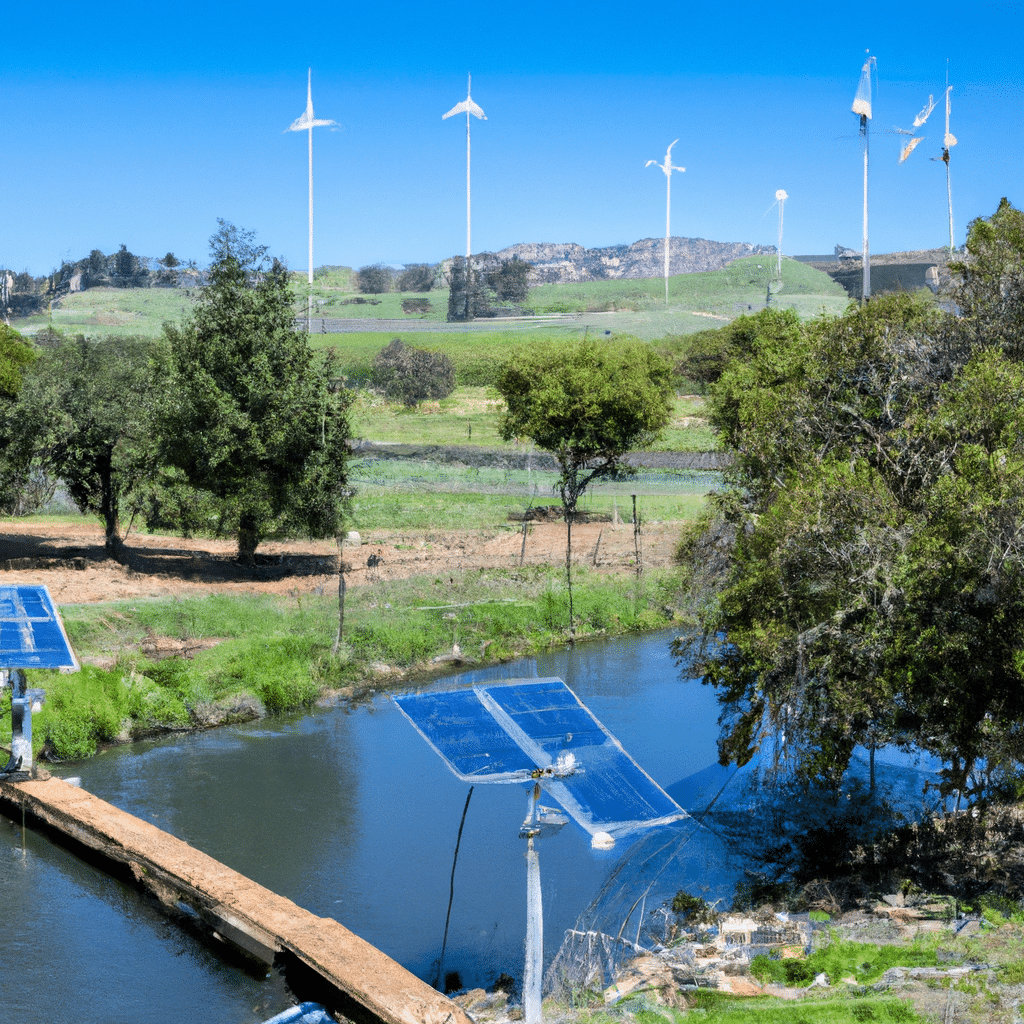How IoT is Helping to Tackle Climate Change
Climate change is a global problem that demands a global solution. The Internet of Things (IoT) is one of the technological advancements that can help mitigate climate change. IoT is a network of devices, sensors, and machines that are connected to the internet, enabling them to communicate with each other. This network can be utilized to monitor and control different aspects of our environment to reduce carbon emissions.

IoT and Energy Efficiency
Energy efficiency is key to reducing carbon emissions. IoT devices can monitor energy usage in real-time, enabling us to identify areas where we can reduce wastage. Smart thermostats, for example, can learn our habits and adjust the temperature accordingly, reducing energy consumption. Smart lighting can also be controlled remotely, and lights can be turned off when not in use.
IoT and Agriculture
Agriculture is a major contributor to greenhouse gas emissions. IoT can help reduce these emissions by enabling farmers to monitor their crops more efficiently. Sensors can be used to monitor soil moisture, enabling farmers to irrigate only when necessary. Drones can be used to monitor crop health and identify areas that need attention, reducing the need for fertilizers and pesticides.
IoT and Transportation
Transportation is another major contributor to greenhouse gas emissions. IoT can help reduce these emissions by enabling us to optimize our transport systems. Smart traffic lights can reduce congestion, reducing the amount of time vehicles spend idling. IoT sensors can also be used to monitor traffic flow, enabling us to optimize routes and reduce travel time.
IoT and Waste Management
Waste management is a significant source of greenhouse gas emissions. IoT can help reduce these emissions by enabling us to manage waste more efficiently. Smart bins can monitor their fill level and schedule collections only when necessary, reducing the number of collection trips. This reduces the carbon emissions associated with waste collection vehicles.
IoT and Building Management
Buildings are responsible for a significant amount of carbon emissions. IoT can help reduce these emissions by enabling us to optimize building management. Smart HVAC systems can adjust temperature and humidity based on occupancy and weather conditions, reducing energy consumption. IoT sensors can also be used to monitor air quality, enabling us to adjust ventilation systems to maintain an optimal environment.
Conclusion
The Internet of Things is a powerful tool that can help us tackle climate change. By utilizing IoT devices and sensors, we can monitor and control different aspects of our environment to reduce carbon emissions. From energy efficiency to waste management, IoT can be used to optimize our systems and reduce our impact on the environment. It is crucial that we continue to develop and implement IoT solutions to mitigate the effects of climate change.












